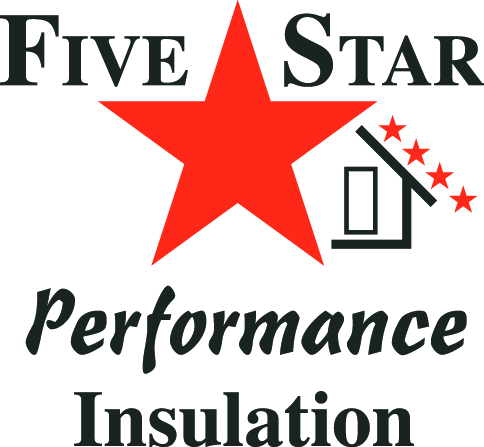Investing in home insulation is highly recommended. Aside from keeping your home comfortable, insulation can also reduce your spending on energy bills. After installing insulation, you can also make certain parts of your home more useful than before.
This article discusses the most important matters pertaining to upgrading insulation. Continue reading if you are interested in taking up that project.
How To Determine if I Should Upgrade My Insulation
Can I upgrade my home’s insulation? To answer that question, we need to consider a few things first.
For starters, you must consider the current condition of your home.
Are there numerous cracks and holes found along your door and window frames? If so, you should seal those up before you turn your attention to installing more insulation. No amount of insulation can make up for the rapid heat transfer facilitated by those leaks, so they must be sealed quickly.
You can also confirm the need to improve your home’s insulation by enlisting the help of a qualified home energy assessor. According to the Department of Energy, home energy assessors can conduct energy audits to determine if improving your household’s insulation is necessary.
Once the home energy assessor confirms the need for upgraded insulation, you can proceed with your plans.
How To Upgrade Your Home’s Insulation
Now that you know that upgrading your home’s insulation is necessary, you can start taking more concrete steps to accomplish that goal. The steps you must take are detailed below.
Choose the Right Spots To Insulate
Start the process of upgrading your home’s insulation by first identifying the areas that need the most work. Areas that commonly need additional insulation include the attic, basement, garage, and any floors and walls that are not exposed to heating or cooling.
You also want to insulate the spaces that you intend to use often. Insulating an area that will only be used for storage is still worth it, but it should be lower on your list of priorities.
Use Forms of Insulation With High R-Values
R-value is a unit of measurement that conveys an insulating material’s thermal resistance. Generally speaking, materials with high R-values are more effective insulators.
While shopping for insulation, you should keep an eye on R-value. In a situation where your preferred options are pretty equal, you can look at R-value as a kind of tiebreaker.
Work closely with insulation providers if you want the materials with the highest R-values.
Select the Right Types of Insulation
Lastly, you should know that certain types of insulation work better in specific parts of the home.
Blown-in insulation is best used to fill openings in walls and floors where other forms of insulation may not fit. Meanwhile, concrete block insulation is best installed when the home is still being constructed. Reflective insulation works best on the ceiling as it can minimize the impact of the sun’s rays.
Consult an expert if you want more information regarding where certain forms of insulation should be installed.
Upgrading your home’s insulation will improve your family’s quality of life and put some extra money back in your pocket during every billing cycle. Follow the steps we detailed here so you can properly implement those essential upgrades.
